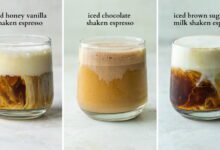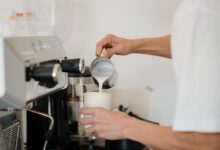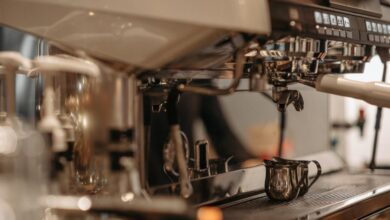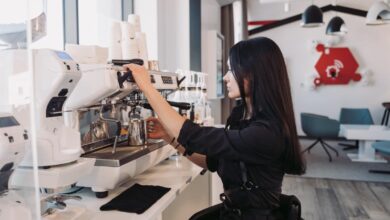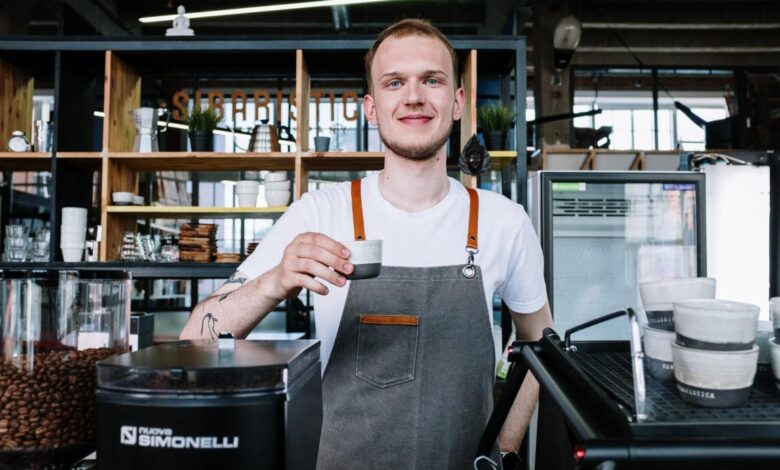
A Guide to best Espresso Machines
Early in the nineteen hundreds, an Italian manufacturer was looking for ways to brew coffee faster.
He figured that by adding pressure to the brewing process, the process would speed up. His name was Luigi Bezzera, and he invented a fast brewing coffee machine.
His process turned out much better than he expected because it produced not only a fast process, but a better tasting, full bodied, strong coffee.
Hence, was born Espresso, an Italian word meaning fast.
Bezzera filed a patent for his coffee machine which contained a boiler. The boiler caused water to boil creating steam and the resulting pressure forced the boiling water through the coffee which was finely ground and out into a small cup.
The patent was sold to Desiderio Pavoni who began manufacturing and marketing the machines. He was very successful in his marketing efforts and was credited with changing the way people drank coffee in much of Europe.
In the middle nineteen hundreds, a piston pump espresso machine was designed, manufactured and marketed.
The purpose of the piston was to force the hot water through the coffee, and it did so much more efficiently. This machine also had the capability of foaming cream that was placed on top of the brewed coffee.
It wasn’t until 1927 that the first espresso machine was installed in the United States, but it really didn’t catch on in the United States until 1987 when the Starbucks chain of coffee houses were starting to be built.
To make a great cup of espresso several factors are involved. First the beans need to be freshly roasted to bring out the truly gourmet coffee flavor that you expect.
Grinding of the beans is very important and must be done right in order that the grind is fine. The next important step is the maintaining the proper temperature of the filtered water that must be passed through the coffee at a specific pressure.
As you can see from the following recipe, the brewing process is very specific.
Recipe directions: 1 ½ oz (45 ml) filtered water at the temperature of 195 degrees F passes through ¼ – 1/3 ounces of finely ground quality Espresso coffee.
This water is forced through the fine coffee grounds by the espresso machine at high pressure with the water being in direct contact with the coffee for approximately 25 seconds.
The topping on the espresso is known as “Crema”, which floats on top of the coffee. The Crema is formed when the emulsified oils from the coffee are released (because of the high pressure that is put on the ground coffee beans) and mixed with the oxygen in the air.
So, that is the history of espresso and some of the important facts about it. Now go out and enjoy a great cup of espresso.
What is Espresso?
Even though most coffees have been around for hundreds of years, this is not the same for espresso. Espresso, on the other hand, is essentially a more concentrated cup of coffee.
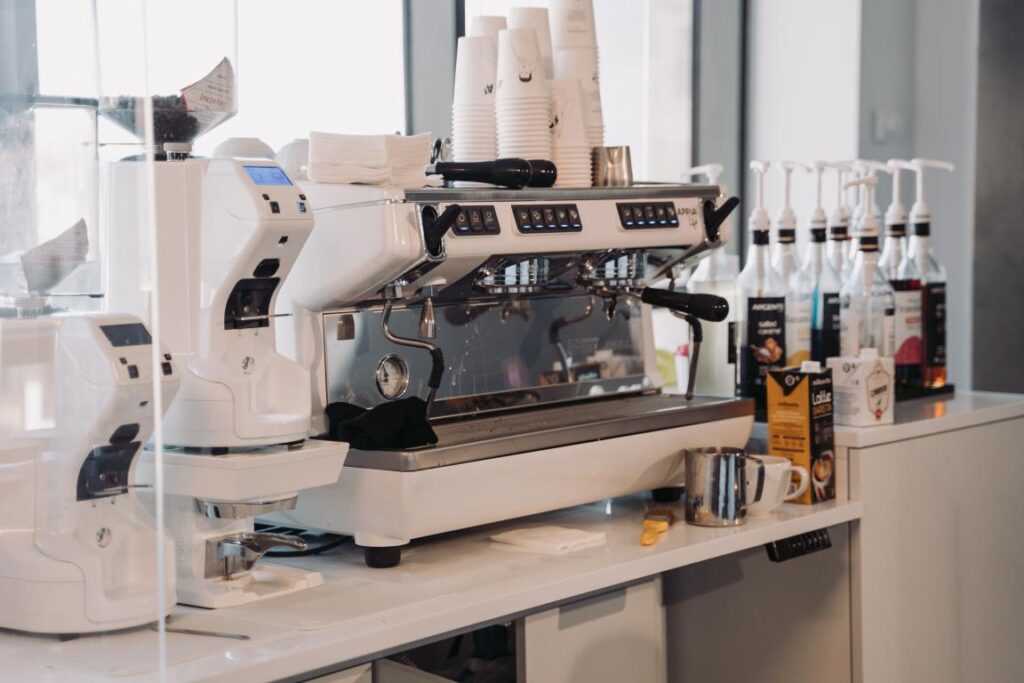
There are many reasons why espresso is loved more than any other coffee and perhaps the reason that it is enjoyed by so many people throughout the
world is because it really does have quite a different nature than other coffees! But not only is espresso a more concentrated cup of coffee, but the taste is very different as well and may account for some of the reason why espresso is usually liked more than coffee.
The Nature of Espresso
Espresso originated in Milan, Italy in the early 19th Century. Many Italians call espresso a romantic kind of coffee and it’s easy to see why.
The nature of espresso is such that it doesn’t take a whole lot to fill you up. But to define espresso involves accounting for the different ingredients that it’s made of.
Espresso is essentially finely ground coffee beans that are tightly packed together and placed in an espresso machine. Machines are the easiest way to make espresso nowadays, which is why they are put into the machine in the first place.
But nevertheless, they are placed in the machine and hot water creates steam. That steam is forced up to heat the coffee beans and produce a thick, drippy liquid called espresso.
The thickness of espresso is also a defining feature because it is almost three to four times the consistency of regular black coffee.
Another one of espresso‘s defining characteristics which will help you to understand exactly what espresso looks like is the crema.
The crema is a reddish-brown substance that floats on the top of the espresso itself. But the crema is actually the main part of the espresso that many people like because it also has a foamy substance attached to it.
Of course on top of the crema is where many people sprinkle cinnamon, put a dollop of whipped cream, as well as sprinkle that with chocolate shavings.
Even though it seems like espresso is a large drink considering all of the defining characteristics of it, espresso is actually consumed by the 1-ounce shot glasses. If made right, espresso can be the ultimate beverage of a lifetime!
Espresso is also the base for which many other drinks are made. Whether you want to make a latte, mocha chill, or another version of the espresso drink then it all relies on the espresso coffee drink which so many people love!
In fact, there are probably over a hundred different ways that espresso can be used; it is actually used for desserts, evening drinks, morning wake-up drinks, as well as for a whole variety of other drinks.
If you have ever run into a coffee shop that sells espresso then chances are that you’ve heard just about all the beverage names that can be made from it. This shows just how truly popular an espresso drink can be!
The Beauty Of The Office Espresso Machine
Nowhere is coffee more needed than in an office setting. You may have had your required morning cup at home or in the car on the way to work.
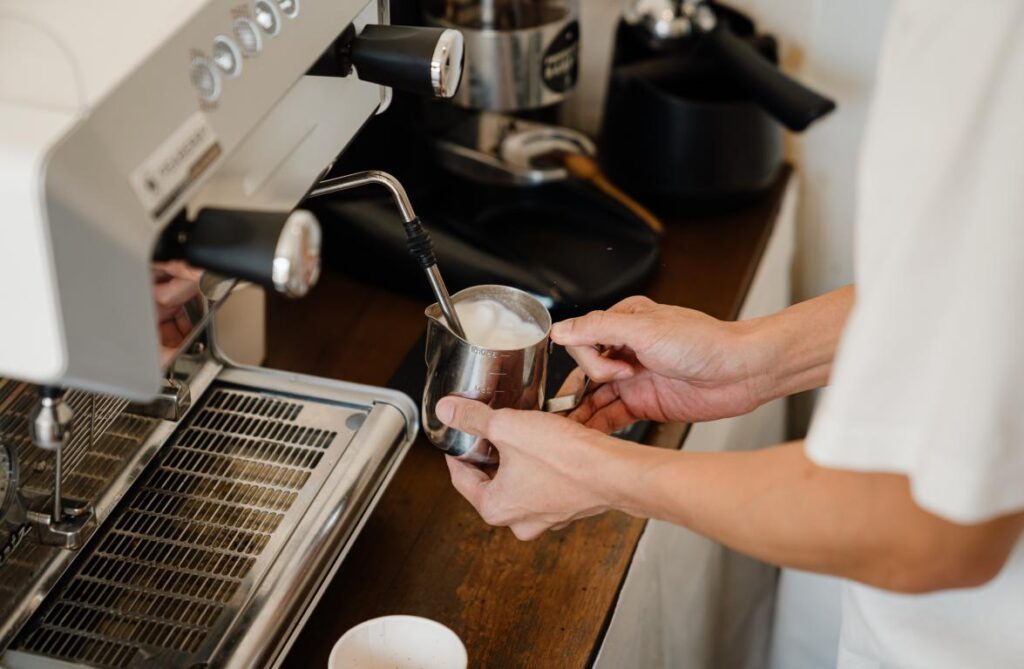
But the coffee provided at the office is absolutely essential to getting through a day coherent and sane. It’s no secret that caffeine – in moderation – is a stimulant that gives a burst of energy and keeps our senses sharp.
So it’s no wonder that the coffee that we drink at work has an undeniable effect on our level of performance.
The office espresso machine has the basic components of the standard espresso machine that you use at home but is designed to handle the demand of a busy office setting.
Finding the perfect office espresso machine depends largely on the amount of people you have working in the environment.
This can help you determine how many cups of coffee the office espresso machine will be responsible for brewing on a daily basis.
Convenience of use and ease of cleaning will also have an impact on the type of office espresso machine that you choose.
The semi-automatic office espresso machine would require the user to add ground coffee to the machine each time they want a fresh cup.
If you are comfortable with at least partial user participation, then this may be the appropriate choice for your office setting.
If you are more comfortable with minimal user participation, then you may want to explore the fully automatic office espresso machine which requires no user participation as the entire process is machine operated.
For larger offices with more people, a fully automatic office espresso machine is most likely the more efficient choice.
To find an office espresso machine, you can visit any number of office supply stores. If you have an office supply vendor with whom you’ve built a relationship,
you may want to explore the opportunity through them of getting a price break on a machine. Do your research first – the Internet is a great resource
– to learn more about the popularity and functionality of different brands. You can also determine the prices you are looking at paying.
The office espresso machine can be an important part of your office environment – even boosting the morale of the office staff.
After all, what’s a day at the office without a good cup of coffee – or several even – to help you concentrate and get the job done?
A Brief History of Espresso
Luigi Bezzera, the owner of a manufacturing business invented Espresso at the turn of the century. Luigi Bezzera was simply trying to figure out a way to brew coffee faster.

He figured if he could just add pressure to the brewing process it would speed things up. Thus the “Fast Coffee Machine” was created.
His idea of a fast cup of coffee turned out much better than he had planned, what he ended up with is a better, fuller tasting cup of strong coffee, as well as a much faster process.
He found that the quicker more efficient brewing method allowed for the quality of the beans to be extracted as opposed to over extracting he had previously experienced. The term “Espresso” means fast in italian, hence the term.
It wasn’t until later when Desidero Pavoni purchased the rights from Mr. Bezzera for the espresso machine that it became popular.
Pavoni was extremely successful in marketing the product and probably changed the way people drink coffee from then on. Just look around!
Coffee and Espresso shops are popping up everywhere, even in the U.S. it has become not only popular for the delicious beans, but has given us a new place to socialize.
Espresso Timeline:
In 1901 Luigi Bezzera filed a patent for the espresso machine that contained a boiler and four “groups”. Each group could take different size filters that contained the coffee.
Boiling water was forced through the coffee and into a cup. Ambrogio Fumagelli says that this was the birth of (fast) espresso coffee.
In 1903 Luigi Bezzera’s patent was then purchased by Desiderio Pavoni and put to market in a big way.
In 1905 The Pavoni company begins manufacturing the espresso machines soley based on Bezzera’s patent.
In 1927 First espresso machine was installed in the United States. It was a La Pavoni Espresso Machine installed at Regio’s
in New York.
In 1938 Cremonesi designed a piston pump that forced hot water through the coffee. It was installed at Achille Gaggia’s
coffee bar.
In 1946 Gaggia begins manufacturing the commercial piston machine. Resulting foam or cream layered coffee or cafe’.
best espresso machine for home,espresso machine price,best espresso machine for coffee shop,drip coffee maker,delonghi espresso machine,breville,breville bambino plus,gaggia,

